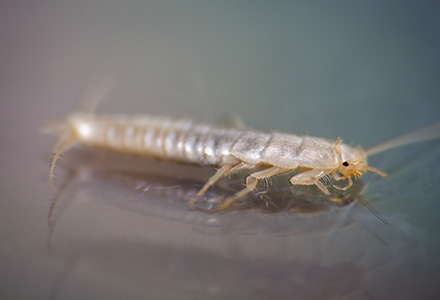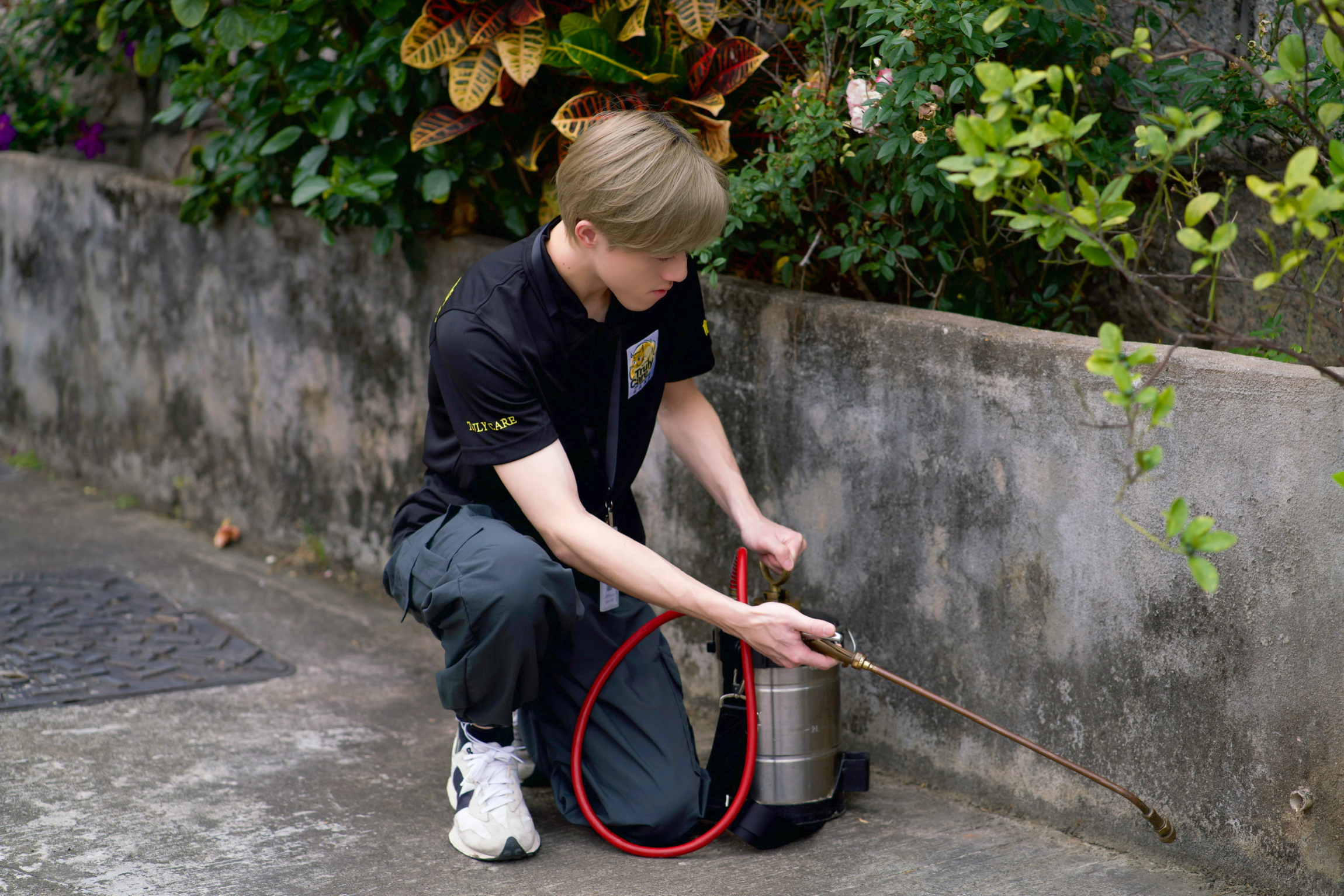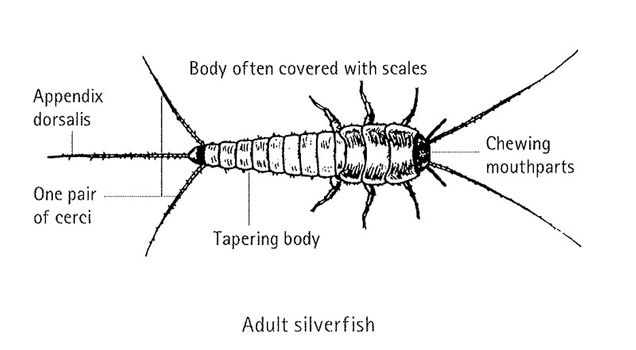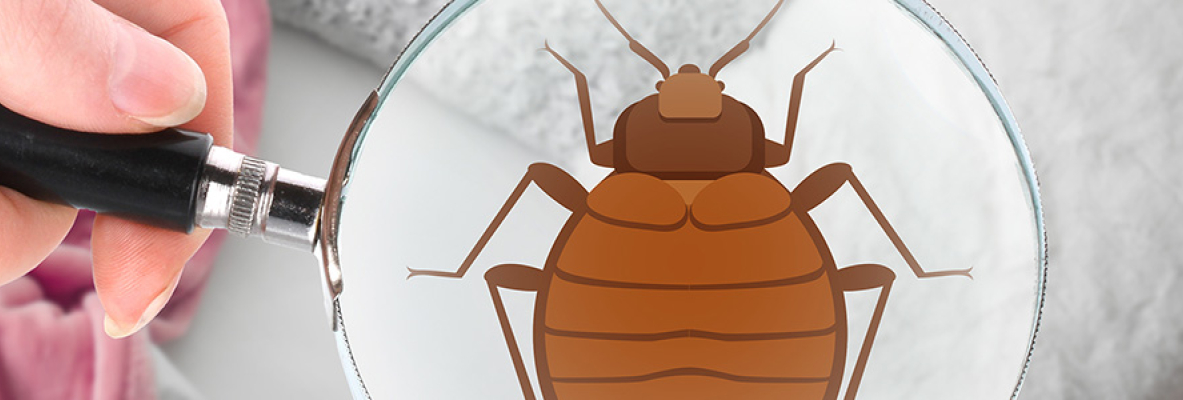
Silverfish Facts
Silverfish (Lepisma saccharina)
Lepisma saccharina is a generic term for Thysanus, a relatively primitive type of small wingless insects, there are about 100 species in the world.
The body is slender and flat, with fine silver-gray scales, about 4-20mm long. The tentacles are filamentous, with 2 equal-length tail whiskers and 1 longer mid tail whiskers at the end of the abdomen, chewing mouthparts.
What do Silverfish eat
Silverfish likes foods rich in starch or polysaccharides, such as glucan in glue, paste, book bindings, photos, sugar, hair, soil, etc. For example, Lepisma saccharina often damages paintings, Ctenolepisma villosathat eats clothes, and Thermobia domestica crawls on kitchen walls. But the silverfish is not resistant to cotton, linen, silk, and man-made fibers, and even the carcasses of other insects and the skins they have shed can be eaten properly. Even leather products, man-made fiber cloths, etc. are eaten when they are hungry. However, silver fish can starve for several months without harming its body functions.

Where can find Silverfish
Silverfish likes to live in warm and humid places. It often appears in pasted piles of old books, calligraphy and paintings, woolen clothes and paper boxes, and even the bottom of the refrigerator, the heated bathroom, the cracks in the floor tiles, and the cracks in the kitchen walls may have traces of silverfish.
Silverfish Behavior
Due to the nocturnal nature of silverfish, people have only recently gained a deeper understanding of their mating methods. When mating, males and females will move around. The male will give birth to a seminal vesicle wrapped in tulle; due to the mature physiological state, the female will find the seminal vesicle for fertilization. When the temperature is 25 to 30 degrees Celsius, the female will lay about a hundred eggs in the hidden crevices; but in cold or dry environments, silverfish will not reproduce.
Ontogeny:
Depending on the living environment, it takes at least four months for silverfish to change from a larva to a worm, but sometimes the development period can be as long as three years. At room temperature, they develop into adults in about a year, and their life span is about two to eight years. A silverfish will peel about eight times in its lifetime; however, it is not surprising that silverfish continue to grow and peel four times a year. Larvae and adults only differ in size and have the same living habits.
enemies:
The most famous natural enemy of silverfish is an insect called Forficula auricularia.

Impact on people and silverfish prevention
Silverfish are afraid of sunlight and often hide in dark places and eat clothes and books.
Although silverfish is a nuisance to human life, it is actually harmless. In buildings, silverfish must have a humid and open environment to survive; as long as the environment is dry and there are no cracks in the building, silverfish will disappear naturally.
The following methods to fight or eliminate silverfish are effective, but they all treat the symptoms rather than the root cause:
1 Borax and sugar with a mixing ratio of 1:1 can effectively kill silverfish.
2 The smell of the aqueous ammonium chloride solution should be able to drive away silverfish within 24 hours.
3 Sprinkle the plaster powder on the soaked white cotton cloth and put it in a corner of the room overnight, and put it in a place close to the hiding place of silverfish.
4 You can place a wooden board next to the silverfish hiding place, and put a slightly grated potato on the board; silverfish will get into the potato to feast on when it comes out at night. The next morning, you can throw away the potatoes along with the silver fish.
Media coverage and our pest extermination process







